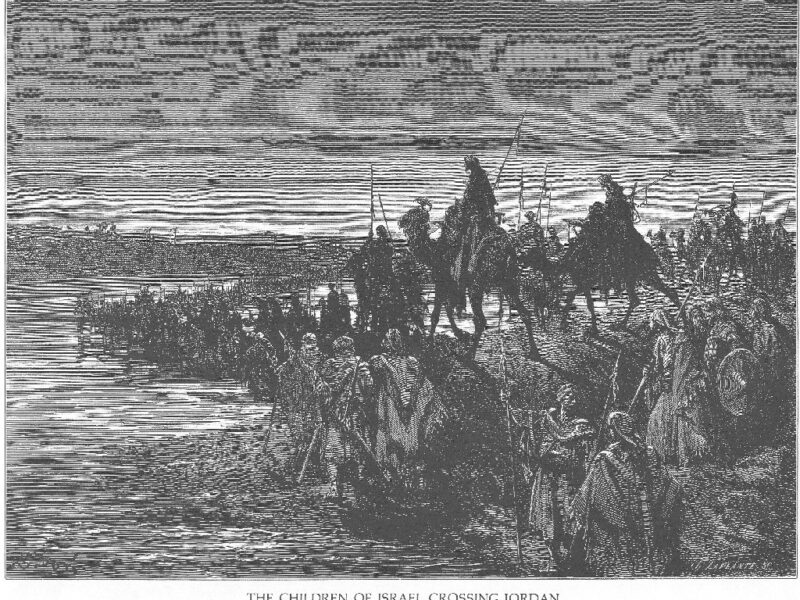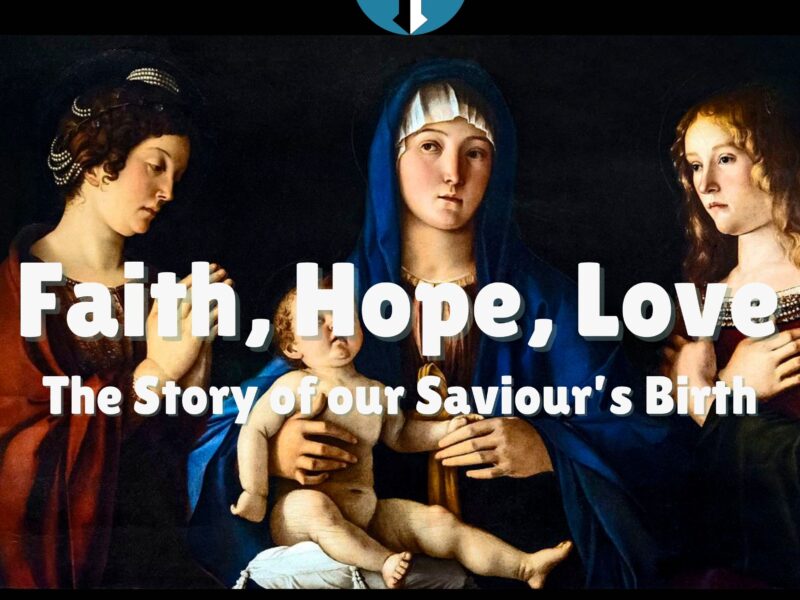
A-Z of the Mass – Jewish Synagogue Worship
3.45k
When we assist at the Holy Sacrifice of the Mass, it is perhaps, easy to forget how much in our liturgy we draw from our Jewish heritage. Both our buildings and the liturgical functions that we celebrate within them resonate strongly with this heritage. In particular, we see many liturgical similarities between what was known as the Mass of the Catechumens, now known as the Liturgy of the Word, and Jewish synagogue worship. For Jews, as for Catholics, prayer and worship do not necessarily have to take place within a purpose built structure, but these structures represent a good starting point to examine that which best exemplifies the liturgical tradition and function of each faith, providing as they do, a common place of worship where members of each faith may gather in praise of God.
 Jewish synagogue worship can be seen to arise in the wake of the Babylonian destruction of the first Temple constructed by Solomon. Though a second and grander construction was built by Herod in the first century, the legacy of the exile remained and the organised worship that had flourished during this period, synagogue worship, became a permanent part of Jewish religious life. Even after the return to Israel this form of ritual worship was enshrined for the simple reason that all could not reach the Temple. The synagogue became the local house of worship and over time many aspects of Jewish liturgical ritual developed and became formalised. Much was naturally modeled on Temple worship, the buildings faced east towards Jerusalem and each contained a Torah Ark. In this the scrolls of the Torah were kept – this was to be reminiscent of the Ark of the Covenant where the Ten Commandments were held in the Holy of Holies, the inner sanctuary of the Tabernacle, in the First Temple. Each synagogue also contained a bimah, a raised platform from which the scriptures were read by those competent to do so and from which teaching and instruction were given. Above all, synagogue worship, in contrast to the sacrificial forms of Temple worship, was characterized by the recitation of prayer, the reading of scripture, and the chanting of the Psalms.
Jewish synagogue worship can be seen to arise in the wake of the Babylonian destruction of the first Temple constructed by Solomon. Though a second and grander construction was built by Herod in the first century, the legacy of the exile remained and the organised worship that had flourished during this period, synagogue worship, became a permanent part of Jewish religious life. Even after the return to Israel this form of ritual worship was enshrined for the simple reason that all could not reach the Temple. The synagogue became the local house of worship and over time many aspects of Jewish liturgical ritual developed and became formalised. Much was naturally modeled on Temple worship, the buildings faced east towards Jerusalem and each contained a Torah Ark. In this the scrolls of the Torah were kept – this was to be reminiscent of the Ark of the Covenant where the Ten Commandments were held in the Holy of Holies, the inner sanctuary of the Tabernacle, in the First Temple. Each synagogue also contained a bimah, a raised platform from which the scriptures were read by those competent to do so and from which teaching and instruction were given. Above all, synagogue worship, in contrast to the sacrificial forms of Temple worship, was characterized by the recitation of prayer, the reading of scripture, and the chanting of the Psalms.
 As with worship in the Catholic Church, synagogue customs and traditions varied from place to place though the central tenets and core beliefs remained the same. The Diaspora was at the heart of this variety which ultimately gave rise to the Sephardic and Ashkenazi forms of Judaism. After the destruction of the Second Temple by the Romans, the synagogue, with its didactic rather than sacrificial emphasis, became the central forum of all Jewish worship. Today we can see much of our Christian heritage reflected in the forms of Jewish worship and we hold much in common such as our reverence for scripture as the revealed Word of God. Our differences remain clear but it is important to reflect upon what we have inherited in order to better understand the true significance of that heritage. How else are we truly to understand Christ as the fulfilment of the Old Law, the Mass as a true sacrifice, and the inexhaustible richness of the Eucharist as the very ‘source and summit’ of the Christian life?
As with worship in the Catholic Church, synagogue customs and traditions varied from place to place though the central tenets and core beliefs remained the same. The Diaspora was at the heart of this variety which ultimately gave rise to the Sephardic and Ashkenazi forms of Judaism. After the destruction of the Second Temple by the Romans, the synagogue, with its didactic rather than sacrificial emphasis, became the central forum of all Jewish worship. Today we can see much of our Christian heritage reflected in the forms of Jewish worship and we hold much in common such as our reverence for scripture as the revealed Word of God. Our differences remain clear but it is important to reflect upon what we have inherited in order to better understand the true significance of that heritage. How else are we truly to understand Christ as the fulfilment of the Old Law, the Mass as a true sacrifice, and the inexhaustible richness of the Eucharist as the very ‘source and summit’ of the Christian life?


